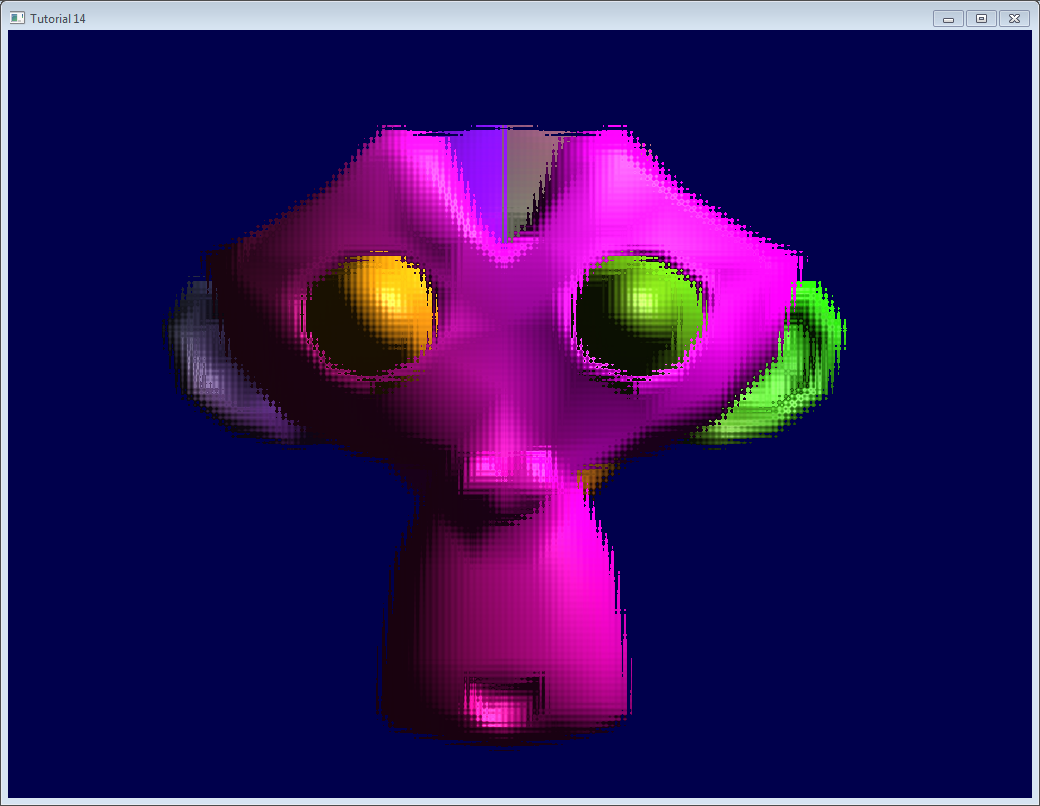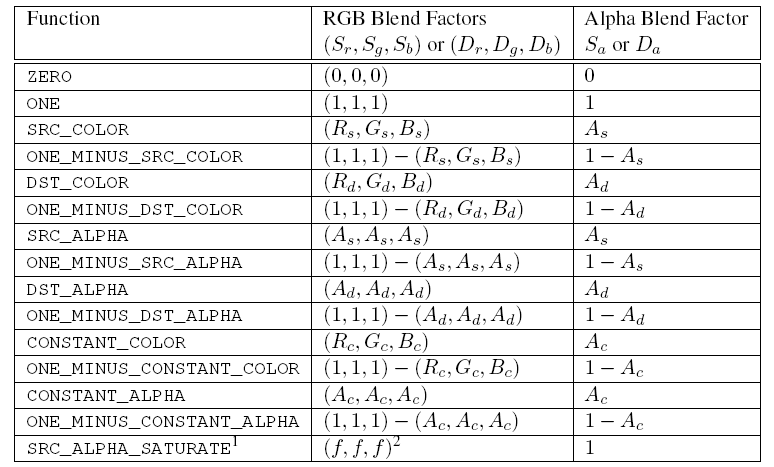



I can load a 1024x1024 texture and render from that just fine, and if i use glReadPixels on the texture's render buffer it looks just fine too (GL ES unfortunately doesn't support reading the pixels off the underlying texture directly)Īs you may note it suffers none of the blurryness not even the light kind of the 512x512 version. On both images the upper 4 items are drawn first to the texture and then from there unto the backbuffer (the flaw in the black one is also a Galaxy S only problem, but i'm not considdering it related) If i set the texture to 512x512 it seems to render pretty much ok on the Galaxy S, nothing glaring is wrong but you will notice some of the same blurring happing just to a much lesser extent When i set the texture size to 1024x1024 it looks as though it is still being stored in a 512x512 texture, or like some heavy compression is going on, this happens only on the Galaxy S, both an S2, the emulator and the iOS devices render flawlessly. The Galaxy S is running 2.3.3 (i can't convince the emulator to do this in 2.3.3). More specifically i am using a Framebuffer to render to a texture and then i draw from that texture onto the backbuffer - in the emulator (running 4.2.2) and on a Galaxy S2 it renders perfectly, and the same goes for running on a number of iOS devices with the same code. In the second time when I want to render, I will have to update the content in offscreen FBO? That would be re-writing line-2 and line-3 at a new position, removing line-1 and adding line-4.I'm having a problem trying to render to a texture in OpenGL ES 2.0 on Android (NDK) on Samsung Galaxy S Suppose the first time I had below on display, My actual need is caption/ subtitle (which can be in scrolling mode) I got a suggestion to use FBO and bind the texture created to the main default framebuffer. Because I am working on subtitle/captions wherein scrolling of the caption will have to repeat the rendering of lines till those go out of caption-display area. Note: I am using OpenGLES 2.0, hence I cannot use calls such as glDrawPixels, etc.īasically my requirement is to have off-screen buffering. I did my due diligence but could not get any example. In all the examples, including this one, I don't see details on how to write the data, retrieved through glReadPixels call, onto default display framebuffer. I read details about FBO and got a fair idea about off-screen buffering. Sorry if I am asking something which is already available.


 0 kommentar(er)
0 kommentar(er)
